There are 18 species of penguins living in the world, including little white-fingered penguins, white-fingered penguins, yellow-eyed penguins, Magellanic penguins, Peruvian penguins, Galapagos penguins, emperor penguins, king penguins, Adrien penguins, and Antarctic penguins. , gentoo penguin, Schneider's horned penguin, horned penguin, rattle horned penguin, Macroni horned penguin and straight-crested horned penguin.
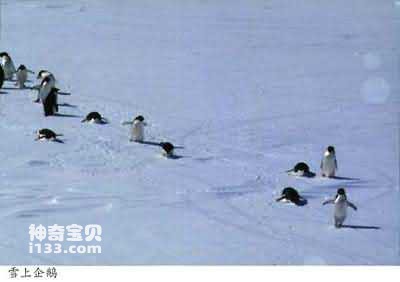
Penguin on the snow

little penguin colony
Penguins are a large and diverse family of seabirds, and they are also the most adaptable to climate. Most people are only familiar with the king penguins and Adele penguins that wear "tuxedos" and live on the Antarctic ice sheet, but know very little about other species. In fact, many members of the penguin family do not all live in the snowy Antarctic. Some penguins even live in warm subtropical areas. For example, the Galapagos penguins live in the Galapagos Islands near the equator. Penguins are spread over a wider area than any other bird, from the Antarctic ice sheets to the green pastures of Falklands; from the lush New Zealand bays to the cactus-covered Galapagos Islands , there are traces of them everywhere. They can live in severe cold temperatures of minus 25°C and can also adapt to subtropical areas of 38°C. No bird in the world can be distributed in such a wide range of temperature zones.

The smallest of the penguins, the little white-fingered penguin is the "dwarf" in the penguin family, and their adult size is only similar to that of other types of young birds. This small penguin is found in Australia. Yellow-eyed penguins are distributed in New Zealand, Magellanic penguins are distributed in the Strait of Magellan, Peruvian penguins are distributed in Peru, Galapagos penguins are distributed in the Galapagos Islands near the equator in South America, and king penguins and emperor penguins are members of the penguin family. "Giant", these two penguins are generally about 1.2 meters tall and weigh more than 40 kilograms. They are distributed in Antarctica and its surrounding islands. Others like Adrie penguins, Antarctic penguins, horned penguins, etc. are also distributed in Antarctica and its surrounding islands.
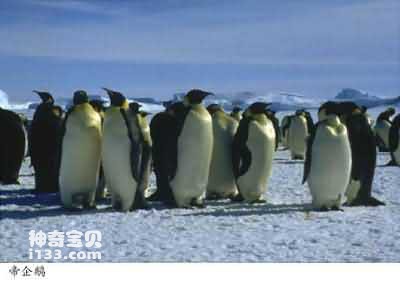
Emperor penguin colony
Humankind’s awareness and understanding of penguins is relatively late, and there is almost no record of knowledge about penguins in ancient times. It was not until 1488 that Portuguese sailors discovered penguins for the first time near the Cape of Good Hope in southern Africa. But it was the historian Pigafetta who first recorded penguins. In 1520, he was aboard Magellan's fleet and encountered a large group of penguins on the coast of Patagonia, which they called "unknown geese" at the time. Most of the early penguin species described were species living in the southern temperate zone. It was not until the end of the 18th century that scientists named the six species of penguins, and it was only in the 19th and 20th centuries that the species that actually lived on the Antarctic ice sheet were discovered. For example, the king penguin was not named until 1844, and the horned penguin was not named until 1953. Penguins are obese, and their original name is "fat birds". But because they often stand on the shore and look into the distance, as if they are looking for something, people call this fat bird penguin.
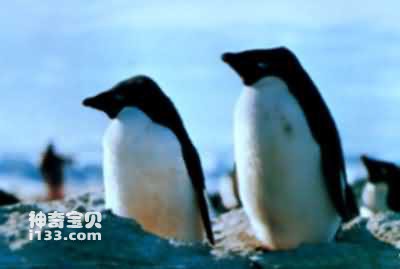
adelay penguin
Because penguins were discovered relatively late and are unique birds, they naturally aroused great interest from people. Zoos and aquariums around the world have successively raised various penguins.
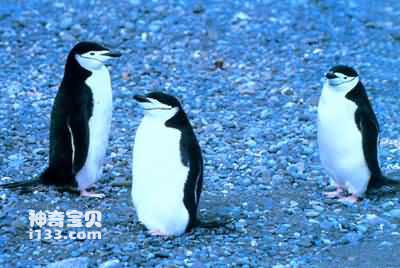
Tortoiseshell Penguin
Raising penguins is the same as raising other wild animals. You must first understand their living environment in nature and their ecological habits, and then artificially simulate and imitate the natural environment that is close to or similar to their original living environment, in order to achieve the purpose of long-term breeding.
The key to raising penguins in captivity is to master the food, temperature and penguin activity areas.
Penguins mainly prey on various fish, squid and crustaceans in the sea, so they should also be fed fresh fish, shrimp, squid, etc. in time when they are artificially raised.
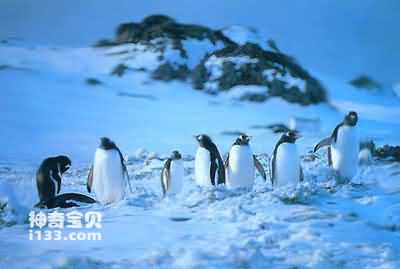
Golden Penguin
Under artificial breeding conditions, the "food intake" of penguins varies with different species. Adre penguins can eat only 1 kilogram of fish and shrimp a day, king penguins need to eat more than 4 kilograms of fish and shrimp every day, and gentoo penguins eat more than 4 kilograms of fish and shrimp every day. Eating 2-3 pounds is enough. Feeding should be timed and quantitative every day. Although penguins eat a lot of food every day, penguins also show strong resistance to hunger when food is scarce. They can go without food for up to 4 months. starve.
In addition to food, temperature is also an important factor in the success or failure of breeding. In artificial breeding, the temperature should be controlled and constant. Of course, different species of penguins require different temperatures. For example, Galapagos penguins, which live near the equator, require relatively warm temperatures. The John Shedd Aquarium in the United States raised Galapagos penguins in 1934 and controlled the temperature at 27°C. The temperature of the gentoo penguins raised in Qingdao Aquarium is controlled at 16-18°C in summer and autumn. When raising king penguins and other Antarctic penguin species living in the Antarctic ice sheet, it is necessary to use refrigeration equipment, create low temperatures, or create an artificial ice sheet environment.
animal tags:
We created this article in conjunction with AI technology, then made sure it was fact-checked and edited by a Animals Top editor.